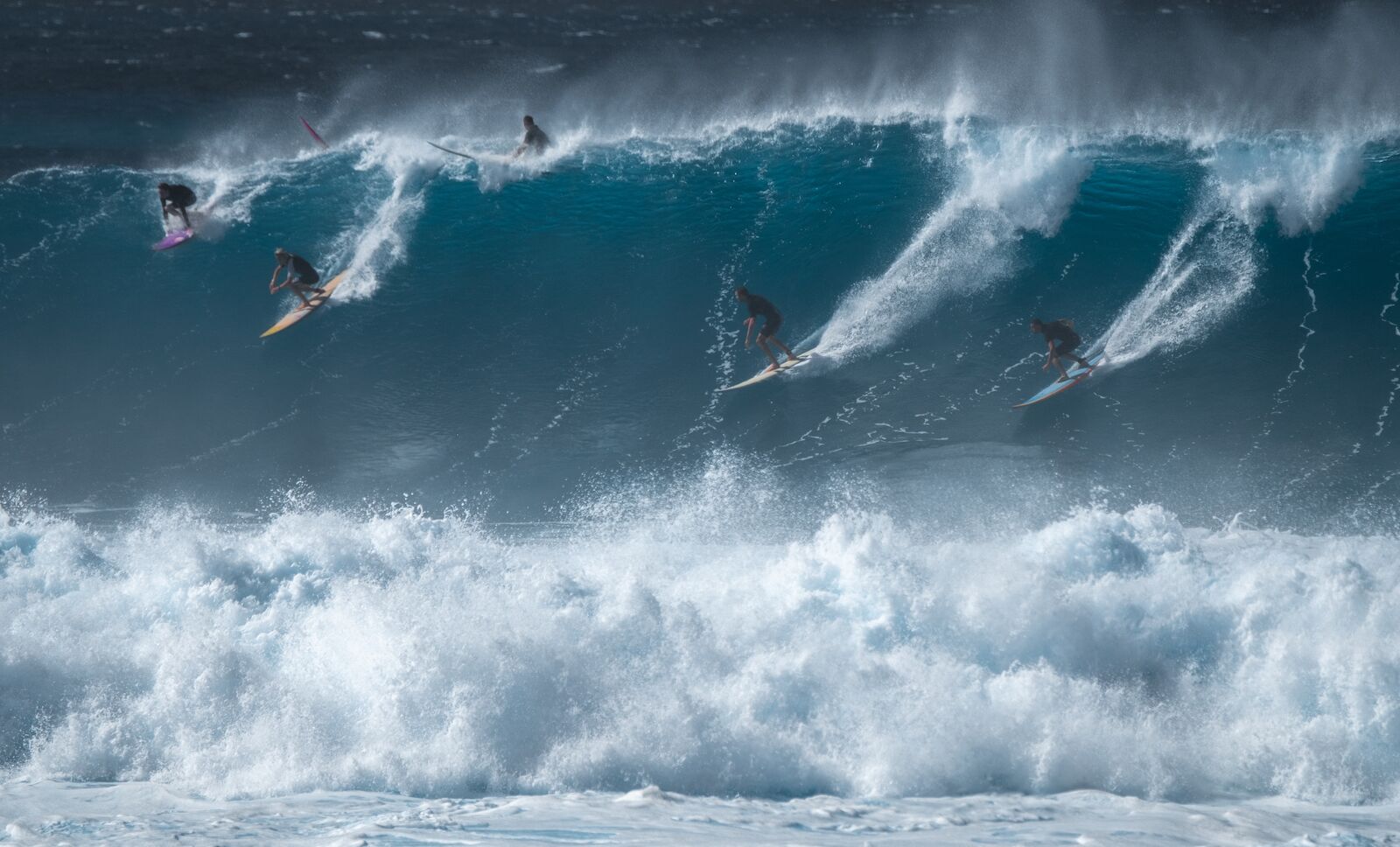Last week saw the famed Eddie Aikau surf competition in Hawaii, a big wave extravaganza that only takes place when waves at Oahu’s Waimea Bay are at least 40 feet tall. With so many massive rollers smashing right onto the beach, one right after the other, the event was hair-raising.
The scene on-shore was equally terrifying – so much so that TikToks documenting the chaos made their way around the world. Monster waves crashed atop onlookers, who scrambled to pick up young children, grasp at their strewn belongings, and do everything but prepare for the next one – an even more epic wave that knocked people over, dragged them seaward, and caused serious panic.


